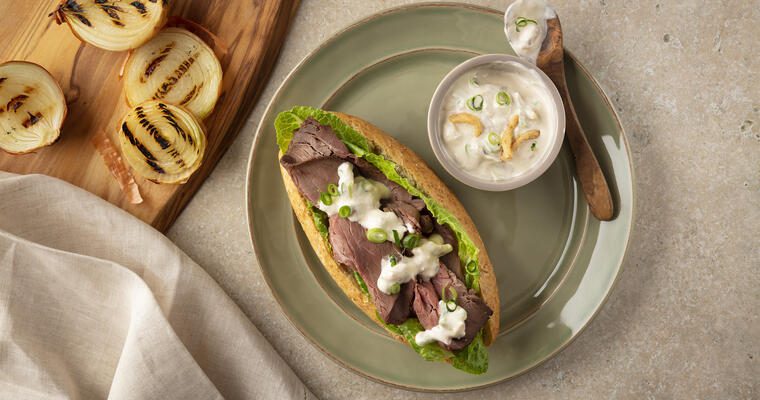Most operators know their best sellers. Surprisingly, few understand how those items contribute to profits. How much does each menu item’s ingredients cost? And how about the prep time and skill required?
As food costs soar, it’s time to look at menu costs. Start by measuring how much money goes into a dish, from ingredients to prep. An astute manager can then decide whether the higher cost of a value-added product might still contribute more profit through labor savings.
Find profit power
Consider what it takes to make soups from scratch. Every component must be sourced, prepped and cooked—three labor-intensive jobs. Frozen soups often match the quality of scratch without consuming kitchen time and manpower.
A thorough menu analysis can yield potential sales gains of 27%, according to Toast research. Finding the items that yield the most profit helps you tweak recipes, pricing and menu composition.
The three most important metrics for measuring profitability, Toast points out, are menu item food cost, food cost percentage and gross profit.
Take the next steps
Using this data, Toast suggests plotting the items on a graph to show the item’s popularity combined with its profitability. Highly popular items that are high in profitability are winners. Items low in profitability and popularity might be candidates for removal.
Other items should be evaluated for price or recipe adjustments. Profitable items that don’t sell well could be priced lower, while popular items with low profitability should be considered for a recipe revamp.
Labor costs are another big consideration. To get a better grasp on labor costs, group them by position or area of the restaurant—kitchen staff, front of house and management, for example. That should reveal areas where labor adds up. If kitchen staff hours are high, value-added ingredients, such as frozen soups, could be a solution.
Contributed by Campbell Soup Co.











